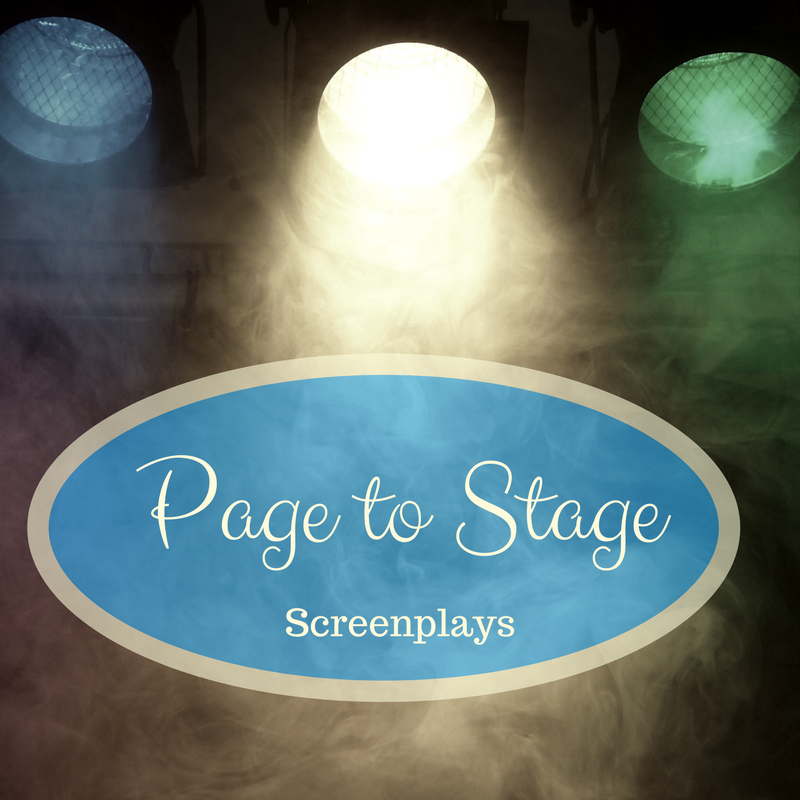Recently, I reconnected with an old Christian writer friend on Facebook. We hadn’t seen each other in about a decade when we used to go to church together. She began asking me a lot of questions about screenwriting. She is interested in turning a couple of the books she’s written into movies.
Most writers feel that because they enjoy writing and telling stories, screenwriting is an easy task. Yes, all writers are storytellers, but not all storytellers are screenwriters. Below are different types of storytellers found in the writing community.
- Authors/editors
- Professional storytellers
- Content writers
- Screenwriters
Each of these niches has its own conventions and purposes. They may even have some similarities but they are different professions altogether, success in one doesn’t mean success in another; because each medium has its unique characteristics and technicalities. Deep inside most writers understand this.
This is why I have so many writers asked me how to write a screenplay. Not that I am an expert myself or claim to be one. I’ve just studied the conventions, techniques, and process of screenwriting for the last two decades. Still, there is no magic formula, approach, or secret to screenwriting.
Screenwriters can face the age-old dilemma of story versus structure just like most storytellers do. Most screenwriting coaches emphasize, “There are no screenwriting rules, but conventions and guidelines to help a story flow better.” Screenwriting coach Scott Myers explains that “structure is only half of the story.”
American theater producer and director George Abbott shares, “In the first act you get your hero up a tree. The second act, you throw rocks at him. For the third act you let him down.”
Structure Or Story?
Author and writer Steven James explains, “The beginning isn’t simply the first in a series of events, but the originating event of all that follows. The middle isn’t just the next event, but the story’s central struggle. And the ending isn’t just the last event, but the culminating event.”
For as long as I can remember, there has been a debate in literary circles about what is more important in writing—structure or story. My personal, unprofessional opinion is you can’t have one to the fullest without the other.
What I mean is, if you want to tell the best and clearest story, you need some form of structure. Legendary screenwriting professor Robert McKee explains,
“Structure is a selection of events from the characters’ life stories that is composed into a strategic sequence to arouse specific emotions and to express a specific view of life.”[1]
When writers over-focus on the “structure” the story ends up suffering: meaning the story does not flow naturally and can come off as being formulated. Structure should always make a story clearer, but not predictable. True screenwriters have learned how to use structure to tell a better and clearer story. Below are seven steps to writing a screenplay from the Pond5 blog:
- Craft a logline
- Write a treatment
- Develop your characters
- Plot and outline
- Write a first draft
- Step back and take a break
- Rewrite
Notice the writer doesn’t mention any formulas or formats. The focus is more on getting the concept of your story on paper and then reworking it into a clear order. If you are still curious or worried about a screenplay format or structure there are plenty of books and resources you can purchase to learn the layout of a script, but never let structure kill the story inside of your head.
My first guide to screenwriting was The Screenwriters Bible, it is a great guide for learning the do’s and don’ts of screenwriting conventions. Always remember to keep your story clear and flowing.
Then you can choose a structure that complements your story.
“A whole [story] is that which has beginning, middle, and end. A beginning is that which is not itself necessarily after anything else, and which has naturally something else after it; an end is that which is naturally after something itself, either as its necessary or usual consequent, and with nothing else after it; and a middle, that which is by nature after one thing and has also another after it. A well-constructed Plot, therefore, cannot either begin or end at any point one likes; beginning and end in it must be of the kind just described.”
Scott Myers,quotes Aristotle
Structure?
Dick Doherty explains, “When you get a story underway, refrain from interrupting the flow. Avoid digression. Don’t go parenthetical.” Don’t let structure kill your story!
Most writers understand basic story structure. Regardless of the type of writing you do, “story” will follow a pattern from point A to point B. The only difference is the timing and how you get from one to the other.
“Story structure helps guide your audience from the beginning to the end of your book by introducing characters and settings, setting up the conflict, developing the main plot points, and finally resolving that conflict. It also helps create tension, suspense, and surprise—essential components of almost any story.”
Blurb.com
In the writing community, writers have a choice about how their story unfolds, below are three of the most common story structures used in storytelling.
- Three act structure
- Five act structure
- Seven act structure
If you’re wondering what structure works best for screenwriting, it really depends on the type of story you’re telling, but the five-act structure is what I have found used in most of the screenplays I’ve read.
“Screenplay Structure Simplified: “Plot is critical, but how a writer ‘gets’ to plot is even more critical.”
Scott Myers
Whichever structure you choose, just be sure you tell a great story.

Martin Johnson survived a severe car accident with a (T.B.I.) Traumatic brain injury which left him legally blind and partially paralyzed on the left side. He is an award-winning Christian screenwriter who has recently finished his first Christian nonfiction book. Martin has spent the last nine years volunteering as an ambassador and promoter for Promise Keepers ministries. While speaking to local men’s ministries he shares his testimony. He explains The Jesus Paradigm and how following Jesus changes what matters most in our lives. Martin lives in a Georgia and connects with readers at MartinThomasJohnson.com and on Twitter at mtjohnson51.




No Comments